13 Most Valuable Stamps in History and Their Fascinating Stories
Stamps may seem like small pieces of paper, but some of them hold incredible value and remarkable stories. Their rarity and the events surrounding their creation have made them a collector’s dream. Over time, a few select stamps have become symbols of cultural and historical significance. From errors in printing to important historical milestones, these stamps carry with them stories of the past. Join us as we explore the stamps that continue to capture imaginations and stand the test of time.
This post may contain affiliate links, which helps keep this content free. Please read our disclosure for more info.
Penny Black
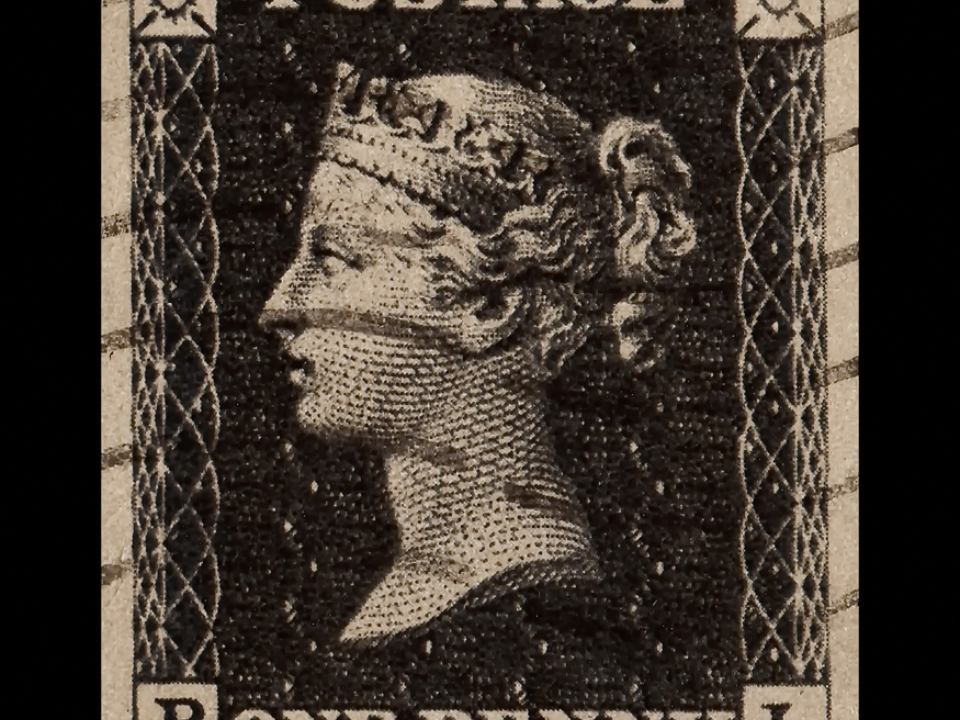
The Penny Black was issued on May 1, 1840, as the world’s first adhesive postage stamp. It features a profile of Queen Victoria and was used to prepay postage in the United Kingdom. With over 68 million copies printed, the stamp is now rare, with only about 1.3 million surviving. Depending on the condition, the value of a Penny Black can range from $50 to several thousand dollars.
The Penny Black’s historical significance as the first postage stamp makes it a highly valued piece in philatelic collections. The stamp was replaced by the Penny Red in 1841 due to issues with smudging ink. Today, collectors treasure the Penny Black for its contribution to the postal system and its connection to postal history. Its value continues to appreciate, especially for well-preserved specimens.
Penny Red Plate 77
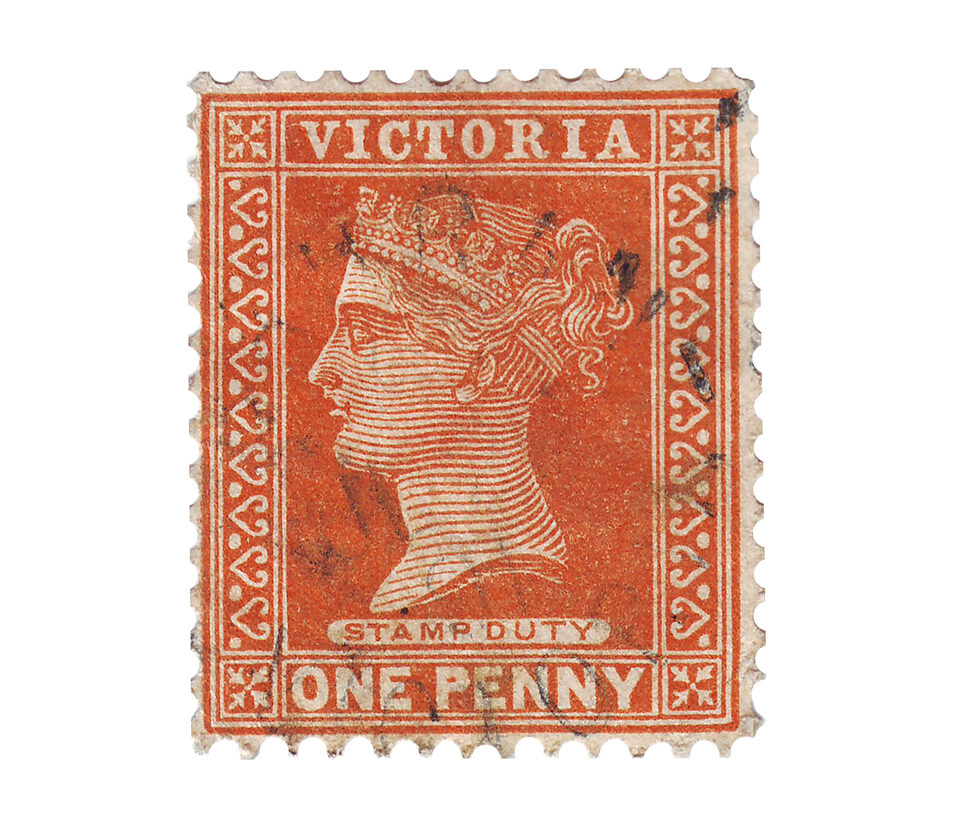
Introduced in 1841 as a replacement for the Penny Black, the Penny Red featured the same Queen Victoria portrait but used red ink. Plate 77 refers to a specific printing plate used to create this stamp. Due to printing errors, only a few examples from this plate exist, making them highly sought after. A specimen from Plate 77 was auctioned for $650,000 in 2016, highlighting its value.
The limited number of surviving examples, along with the unique printing errors, make Plate 77 Penny Reds extremely rare and valuable. Collectors seek these stamps for their historical context and rarity, especially given that most other Plate 77 stamps were destroyed. The stamp’s value is expected to continue rising due to its rarity and the high demand among philatelic enthusiasts. Its sale price reflects its status as a philatelic treasure.
Abraham Lincoln 1867 Stamp
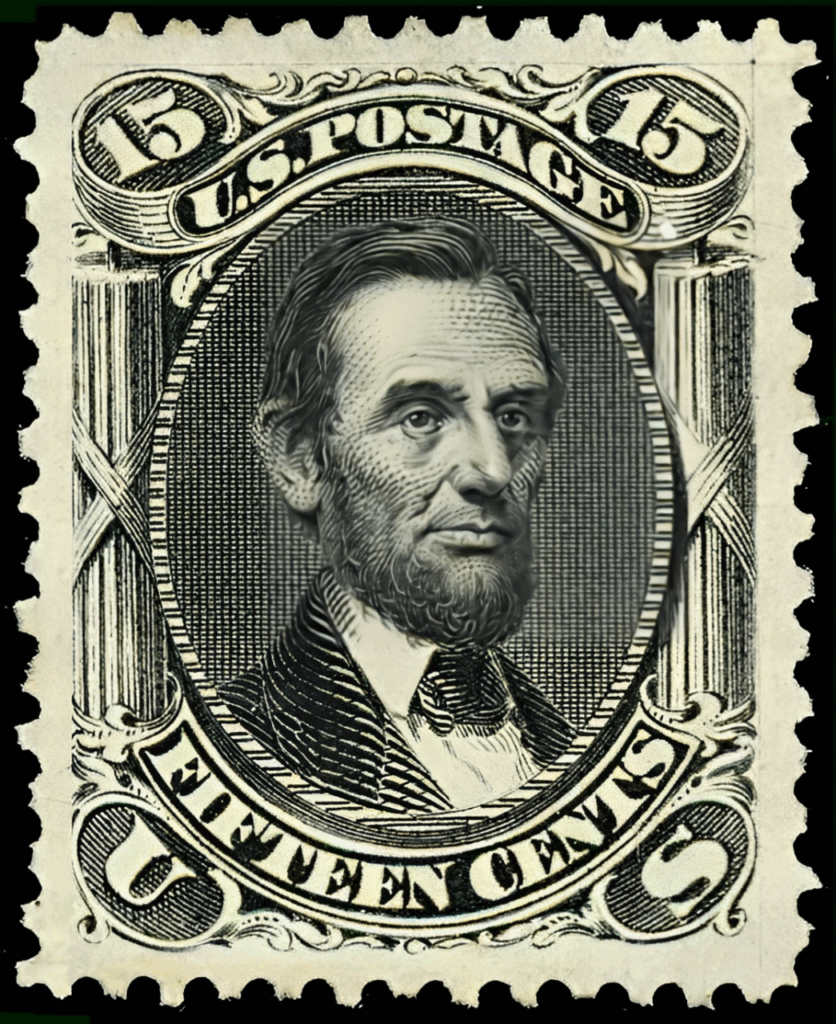
The 1867 15-cent Abraham Lincoln stamp was part of a series issued after the Civil War to cover higher postage rates. It features a portrait of President Abraham Lincoln and is highly regarded for its rarity. Only two known examples of this stamp exist, and in 2019, one sold for $1.4 million, setting a record for U.S. stamp sales.
This stamp is notable not only for its rarity but also for its connection to a pivotal moment in American history. The high price reflects its significance in both American philately and the broader historical context of post-Civil War America. As one of the rarest stamps in the world, it continues to be a sought-after item for serious collectors. The value of this stamp is expected to remain high due to its historical importance and rarity.
British Guiana 1c Magenta
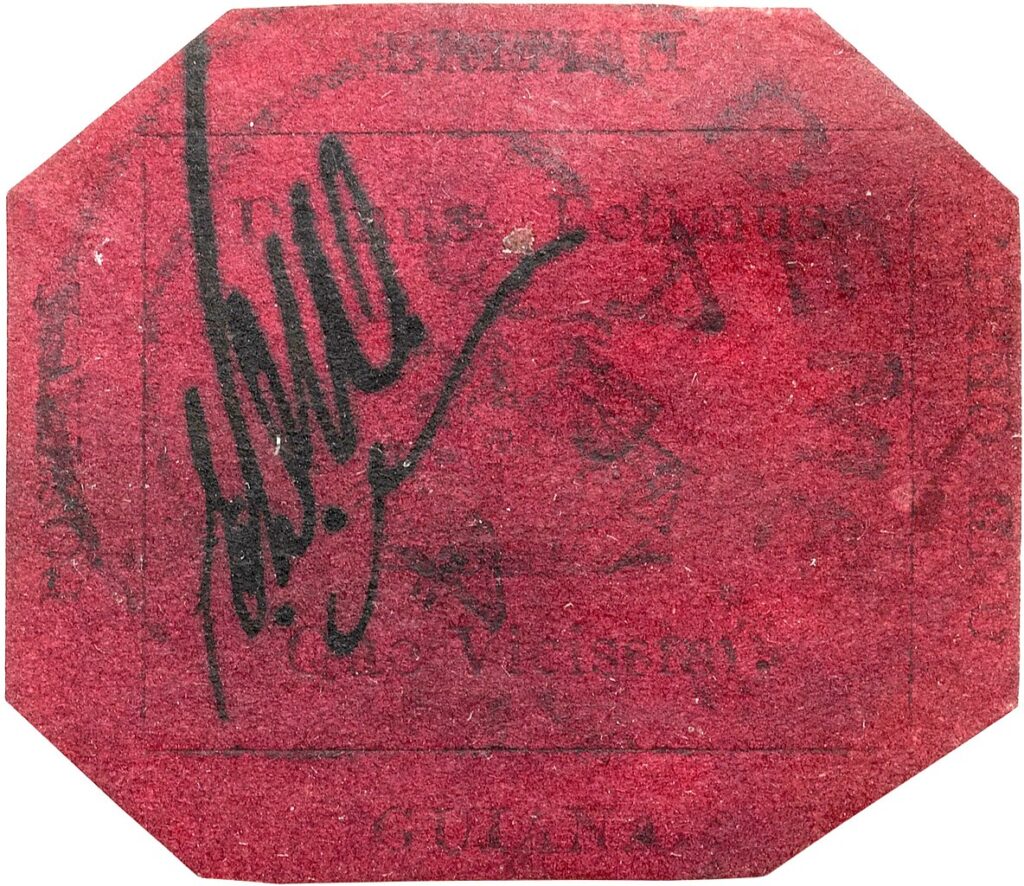
Issued in 1856, the British Guiana 1c Magenta is considered the world’s rarest stamp. It was produced due to a shortage of postage stamps in British Guiana, leading to the creation of a single-run design. The stamp’s only known surviving example sold for $9.5 million in 2014, setting the record for the highest price ever paid for a stamp.
The stamp’s rarity, combined with its unique design featuring a sailing ship, has made it an icon in the philatelic world. Its historical context and scarcity have contributed to its value, making it a sought-after item for elite collectors. The British Guiana 1c Magenta’s price has continued to climb, reflecting its unprecedented rarity and status. The stamp is a cornerstone in any serious stamp collection, with a market value that could exceed millions depending on the condition.
Inverted Jenny
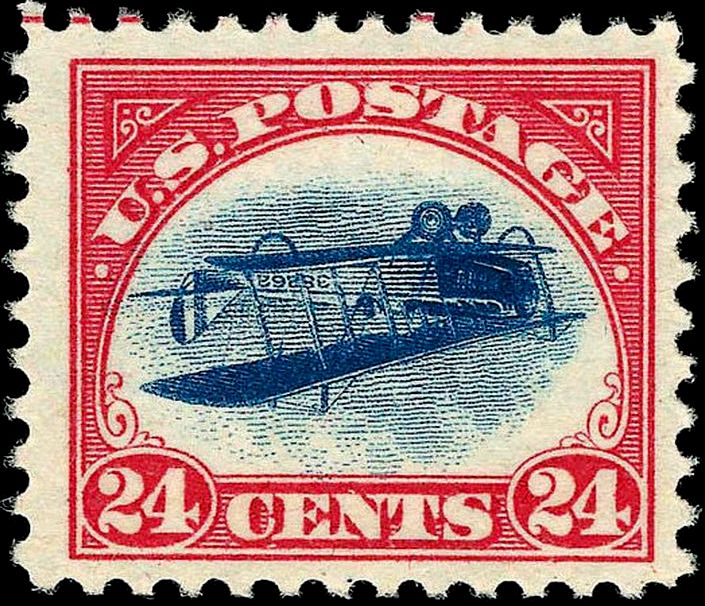
The Inverted Jenny was a U.S. stamp issued in 1918 that became famous for a printing error. The airplane depicted on the stamp was printed upside down, resulting in a highly sought-after error. Only 100 copies of the Inverted Jenny exist, and one of these sold for $2.1 million in 2023.
The Inverted Jenny is considered one of the most iconic stamp errors in history. Its rarity and the error’s intriguing nature have fueled its high value among collectors. As one of the most famous and valuable stamps in the world, its price continues to appreciate. The stamp’s historical significance and printing mistake make it a prized collectible.
Alexandria Blue Boy
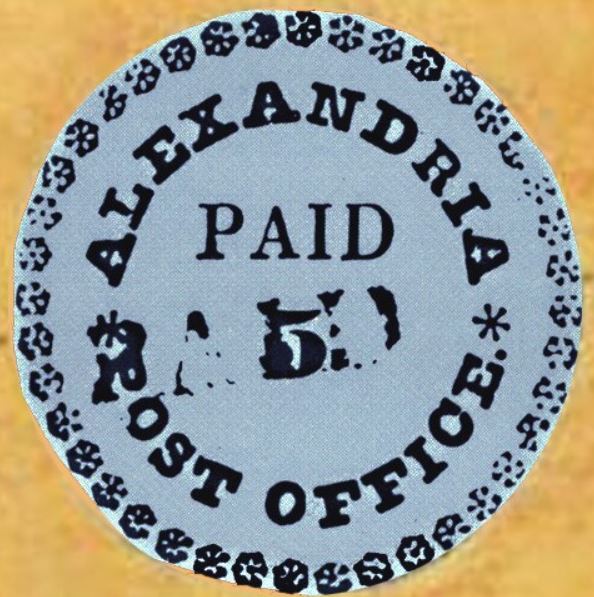
The Alexandria Blue Boy is a unique stamp issued by the Alexandria Post Office in Virginia in 1847. It was used as a provisional stamp before the U.S. began issuing its own postage stamps. The stamp sold for $1.18 million at auction in 2019, making it one of the most valuable American stamps.
The Alexandria Blue Boy’s historical importance lies in its early use within the U.S. postal system. The rarity of this stamp, combined with its connection to the early days of U.S. postage, adds to its high value. Collectors prize this stamp for its role in U.S. philatelic history and its unique design. Its price reflects both its rarity and its place in the history of American postal services.
Mauritius ‘Post Office’ Stamps
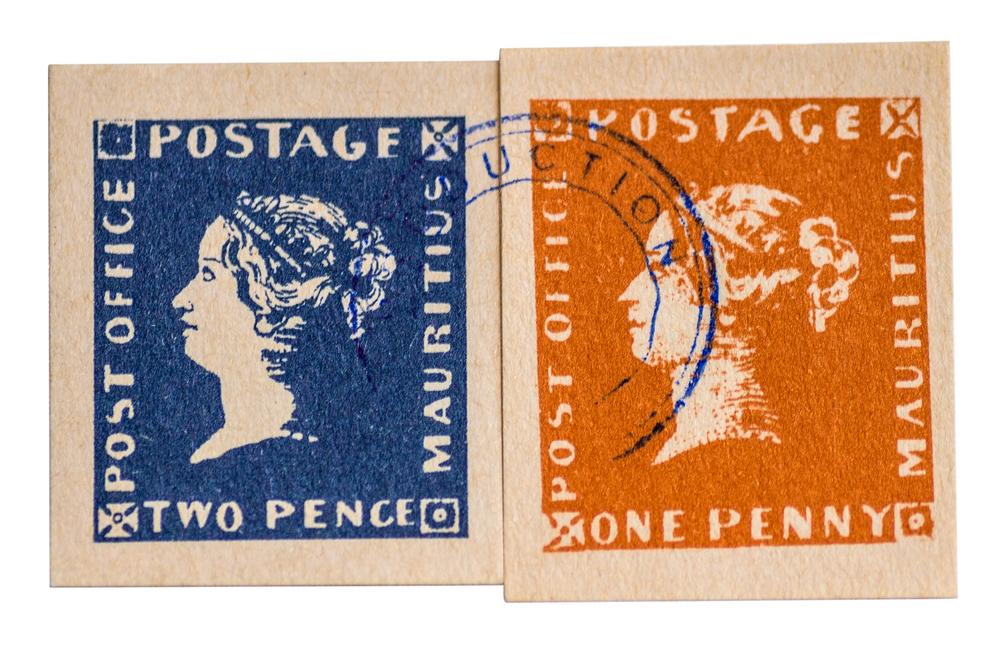
Issued in 1847 by the British colony of Mauritius, the Post Office stamps were the first stamps in the colony. These stamps are extremely rare, with only a few surviving examples. In 2011, one of these stamps sold for over $1 million, making it one of the most expensive stamps ever.
The Post Office stamps are valued for their rarity, historical significance, and their early use in a British colony. The limited number printed and the poor condition of most surviving stamps contribute to their high market value. Collectors seek these stamps for their unique design and the fact that they were some of the first postage stamps ever issued. Their value continues to rise due to their status as a historic philatelic treasure.
Treskilling Yellow 1855
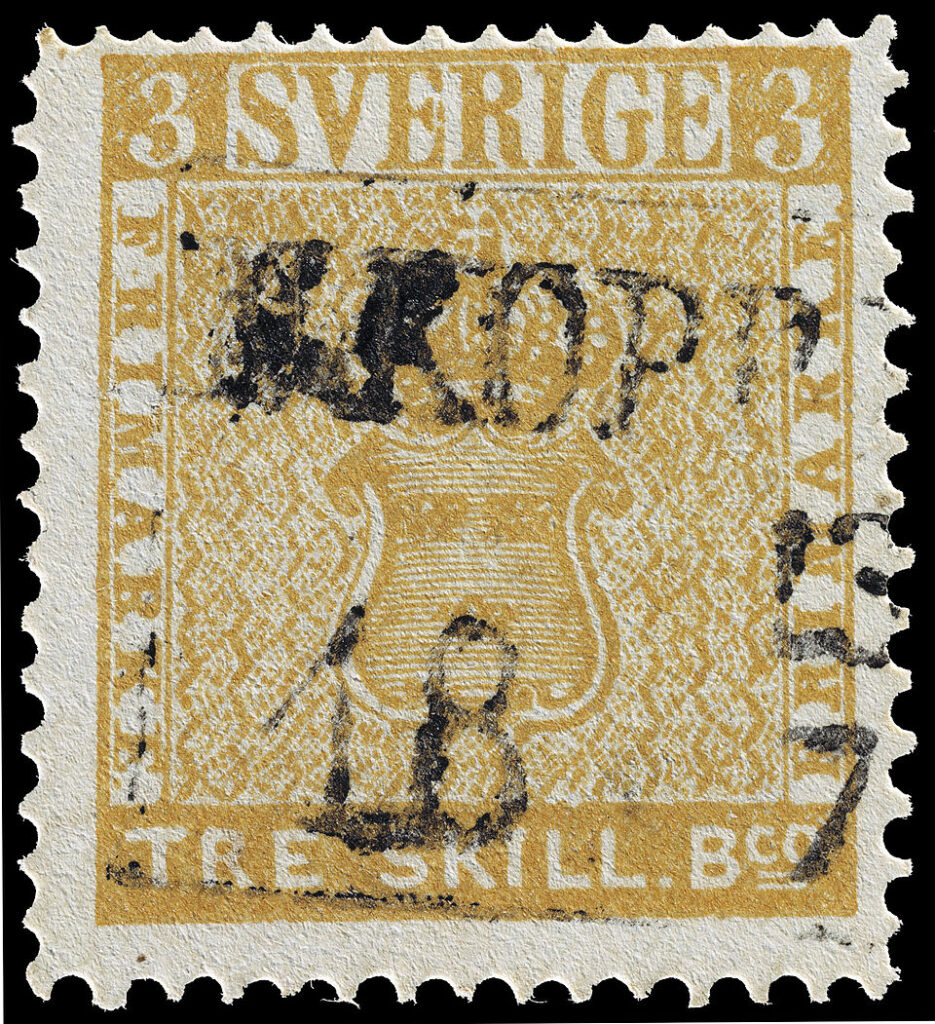
The Treskilling Yellow is a Swedish stamp issued in 1855. It is famous for a printing error where a 3-skilling stamp was mistakenly printed in yellow instead of green. Only one known copy exists, and it sold for 2.6 million euros in 2010.
The error occurred during the printing process, creating a unique color variation. The Treskilling Yellow is one of the rarest stamps in the world and is highly coveted by collectors. Its value has continued to increase over the years due to its rarity and the fascination surrounding its error. The stamp’s distinctive color and historical context make it an important item in any serious collection.
Red Revenue One Dollar Small
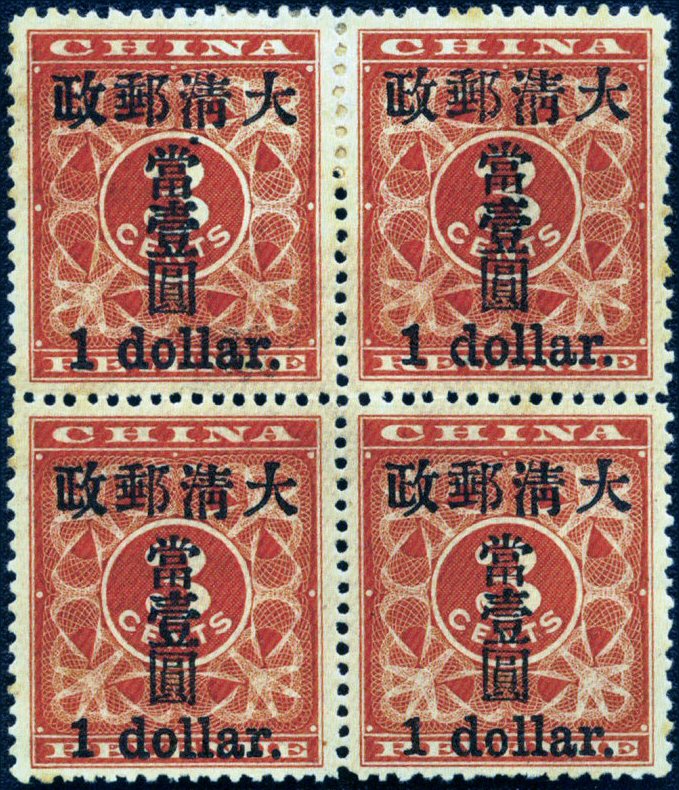
The Red Revenue One Dollar Small was issued in China in 1897 by the Imperial Chinese Government. It was part of a set of stamps used for revenue collection but became famous for the small size and unique red color. This stamp is highly valued due to its rarity, with only a few surviving copies. Its estimated market value is around $1 million.
The Red Revenue One Dollar Small is significant because it marks a shift in the way stamps were used for revenue purposes in China. The stamp’s small size and striking red color make it one of the most recognizable stamps from China. Its limited number of surviving copies contributes to its high value among collectors. The stamp continues to appreciate in value as collectors vie for this rare piece of postal history.
Shield, Eagle and Flags Stamp
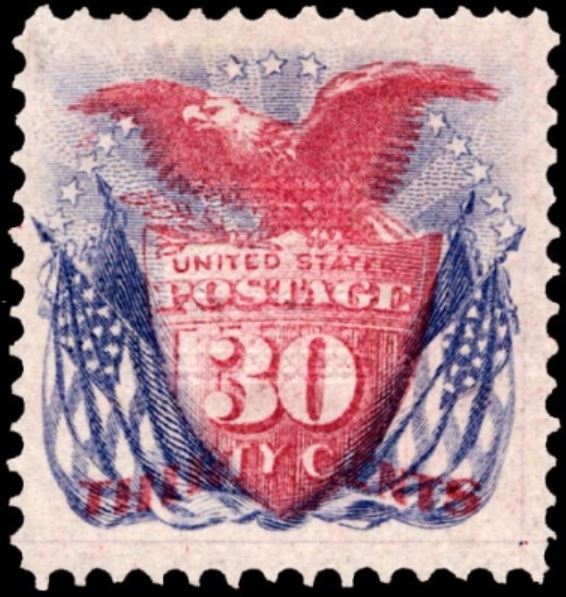
The Shield, Eagle, and Flags stamp was issued in the United States in 1869 as part of a new series of U.S. stamps. It features a depiction of a shield with an eagle and flags, representing the nation’s patriotism. The stamp is notable for its colorful design and is considered one of the first U.S. stamps to feature an American symbol prominently. Its value today is estimated to be between $10,000 and $50,000 depending on its condition.
This stamp is part of a larger series issued by the U.S. government after the Civil War. The Shield, Eagle, and Flags stamp is prized for its historical significance and its artistic design. Its rarity, combined with its symbolic meaning for post-Civil War America, makes it a valuable item for collectors. The value of the stamp continues to rise, especially for well-preserved specimens..
12d Black
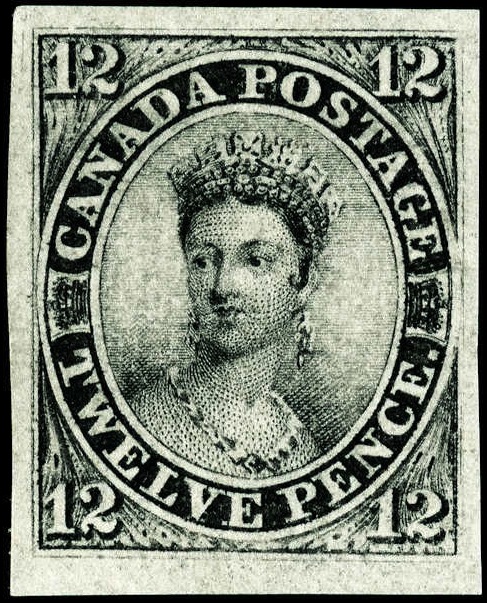
The 12d Black stamp was issued in 1855 by the United Kingdom. It was part of the first series of stamps that used color to represent different denominations, with the 12d Black being one of the rarest and most valuable. This stamp features a portrait of Queen Victoria, and it was printed in limited quantities. Depending on its condition, the stamp can fetch anywhere from $30,000 to over $200,000.
The 12d Black is highly prized by collectors because of its rarity and the historical context surrounding its creation. The stamp was discontinued soon after its issue due to low demand and the adoption of other denominations. Its limited availability and its striking black color make it a unique and valuable item in any collection. As a result, the 12d Black continues to attract high prices at auctions.
24c Declaration of Independence
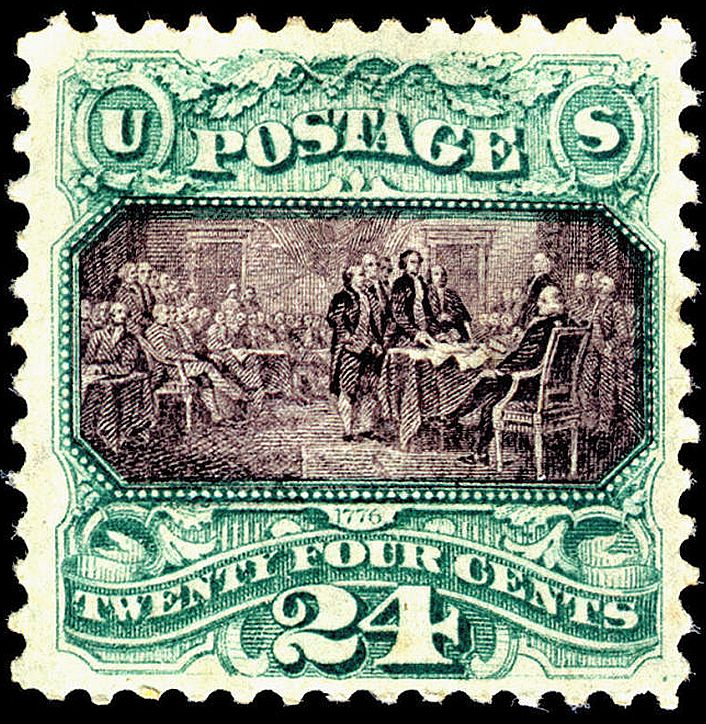
The 24c Declaration of Independence stamp was issued by the United States in 1869 to commemorate the centennial of the signing of the Declaration of Independence. The stamp features an image of the signing and is one of the earliest U.S. stamps to depict a historical event. It is a relatively rare stamp, and its value is estimated to be between $30,000 and $50,000.
The 24c Declaration of Independence stamp is important for its historical context and the first use of the image of the document on a U.S. stamp. This stamp represents a key moment in American history, making it highly valued by collectors. Despite being widely distributed, the stamp’s rarity and connection to the nation’s founding make it a sought-after piece. Its value continues to increase as collectors continue to appreciate its historical and artistic significance.
Hawaiian Missionary
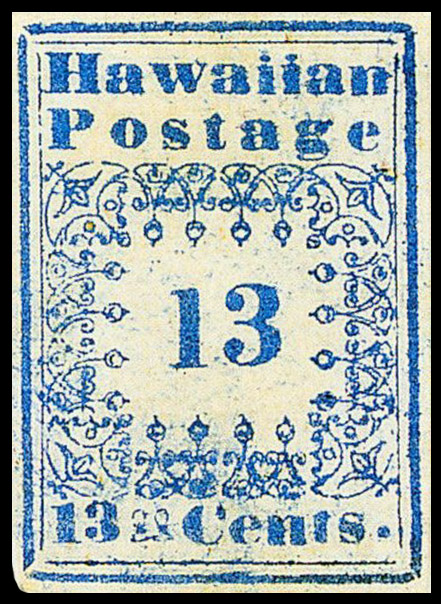
The Hawaiian Missionary stamps were issued in Hawaii in 1851 by the American Missionary Board. They were intended for use by missionaries and are among the earliest stamps issued in Hawaii. These stamps are highly valued for their historical significance and rarity, with prices ranging from $1 million to $3 million for well-preserved examples.
The stamps feature a simple design, showing a portrait of King Kamehameha III, and were used to pay postage between the islands and the mainland. The Hawaiian Missionary stamps are considered some of the most important stamps in the world because of their connection to the early days of Hawaiian history. The rarity of these stamps, combined with their historical importance, contributes to their extraordinary market value. As one of the most coveted philatelic items, they continue to be highly sought after by collectors.
These iconic stamps tell compelling stories that continue to captivate collectors around the world. Their scarcity and historical relevance only add to their enduring appeal. Each stamp is not only a piece of postal history but also a valuable investment for those interested in philately. As the market for rare stamps continues to grow, these treasures are sure to remain highly coveted for years to come.
This article originally appeared on Avocadu.
